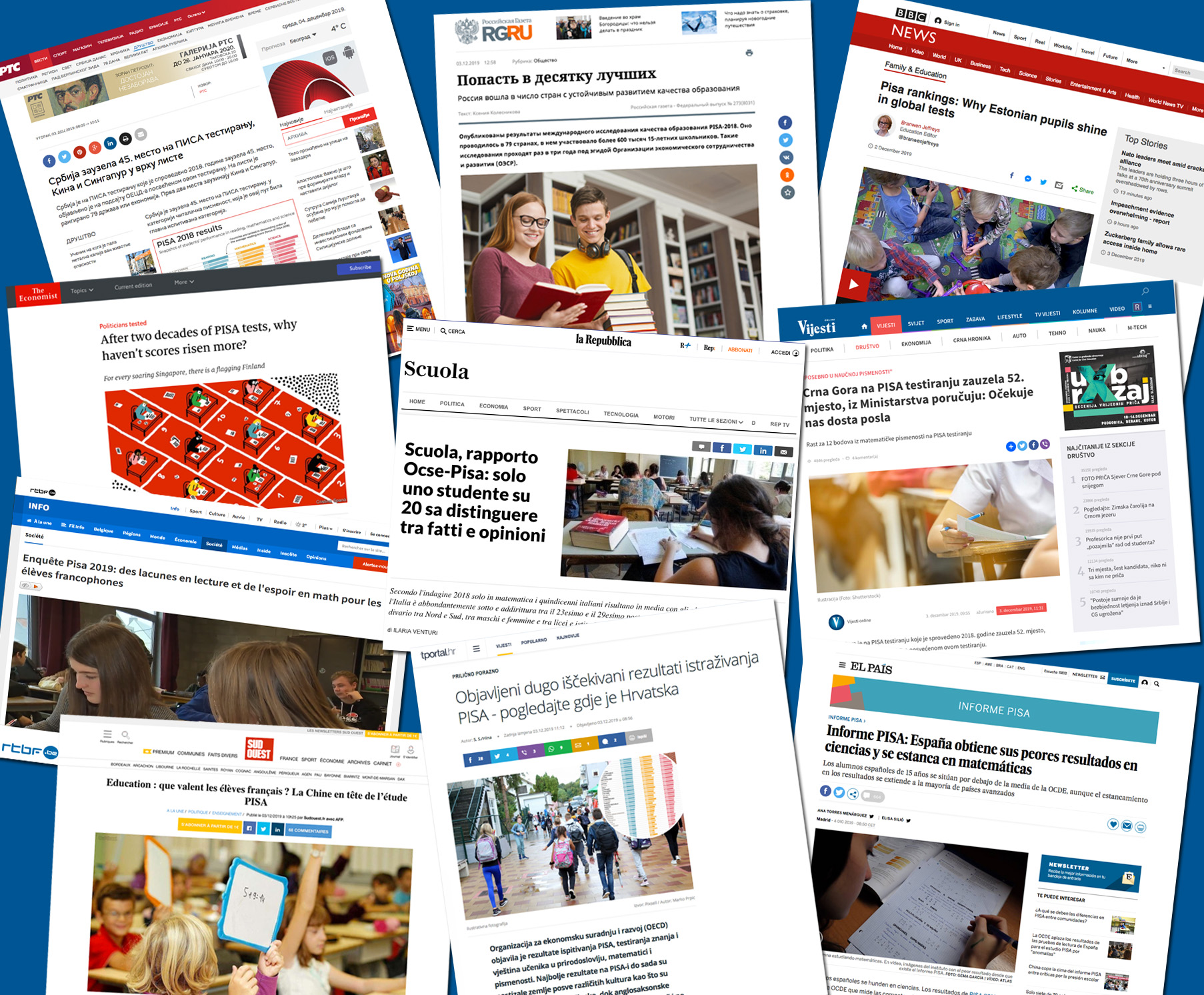
Release of OECD PISA studies 2018 results – worldwide resonance 🌎
In general, the press reports too much on country ranking and benchmarking, and too little on more interesting data such as within-country variance; gender equality in the three OECD PISA studies domains; resources invested in education; the correlation between the students’ (and schools’) socioeconomic status and their performance on PISA literacy scales; the effect of grade repetition on performance; the effect on reading proficiency of exposure to books at home — there is a wealth of information available in the initial PISA report which goes so far beyond league tables.
For PISA 2018, the seventh OECD PISA studies cycle in which cApStAn was charged with maximising cross-language and cross-country comparability, we verified 106 translated or adapted versions of the survey instruments. These were produced with utmost care by 80 participants (countries and economies) in 53 different languages. Translation and adaptation are only one aspect of reliability and validity, but it is crucial and work-intensive.
Photo credit: Graphillus: collage of press covering PISA results